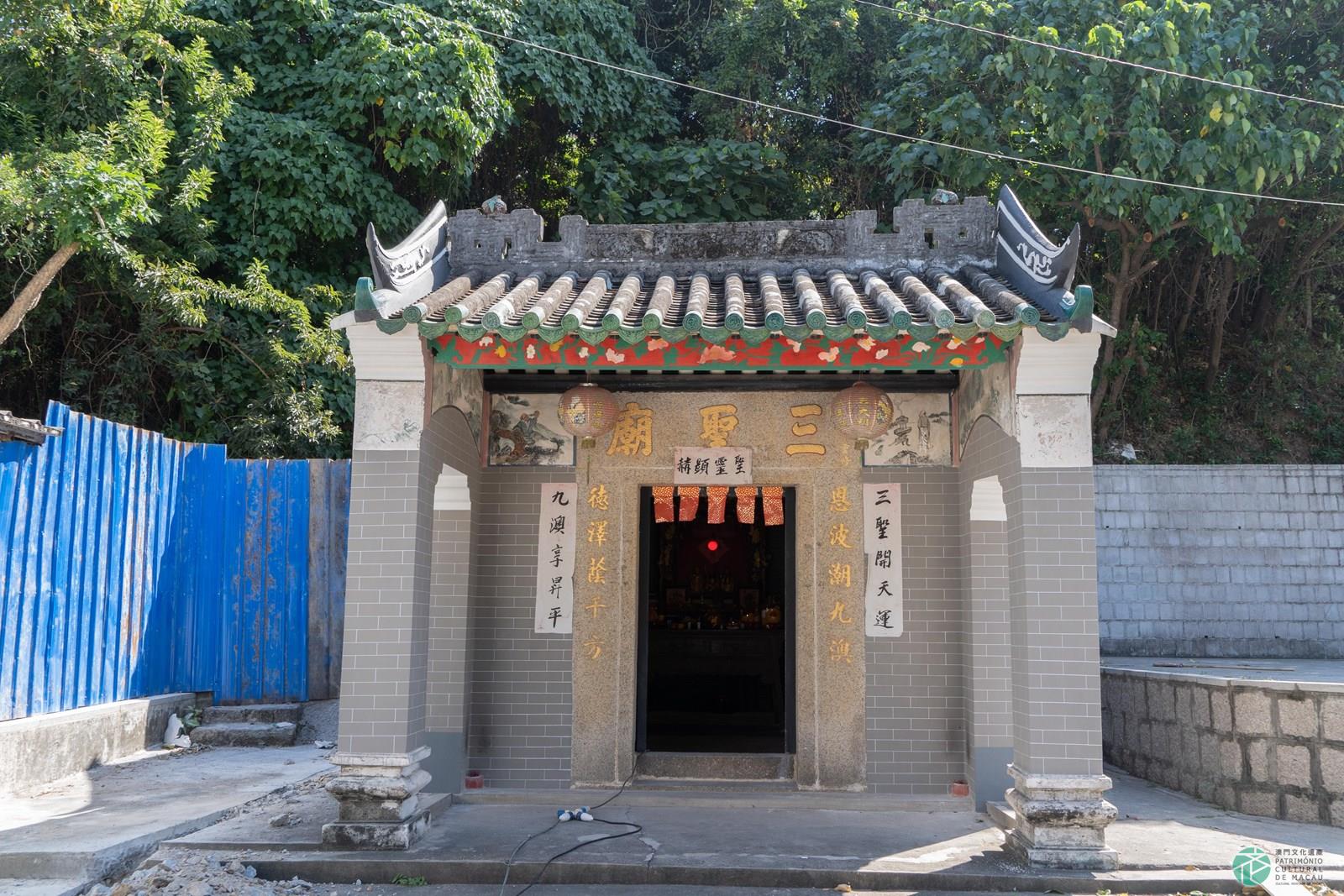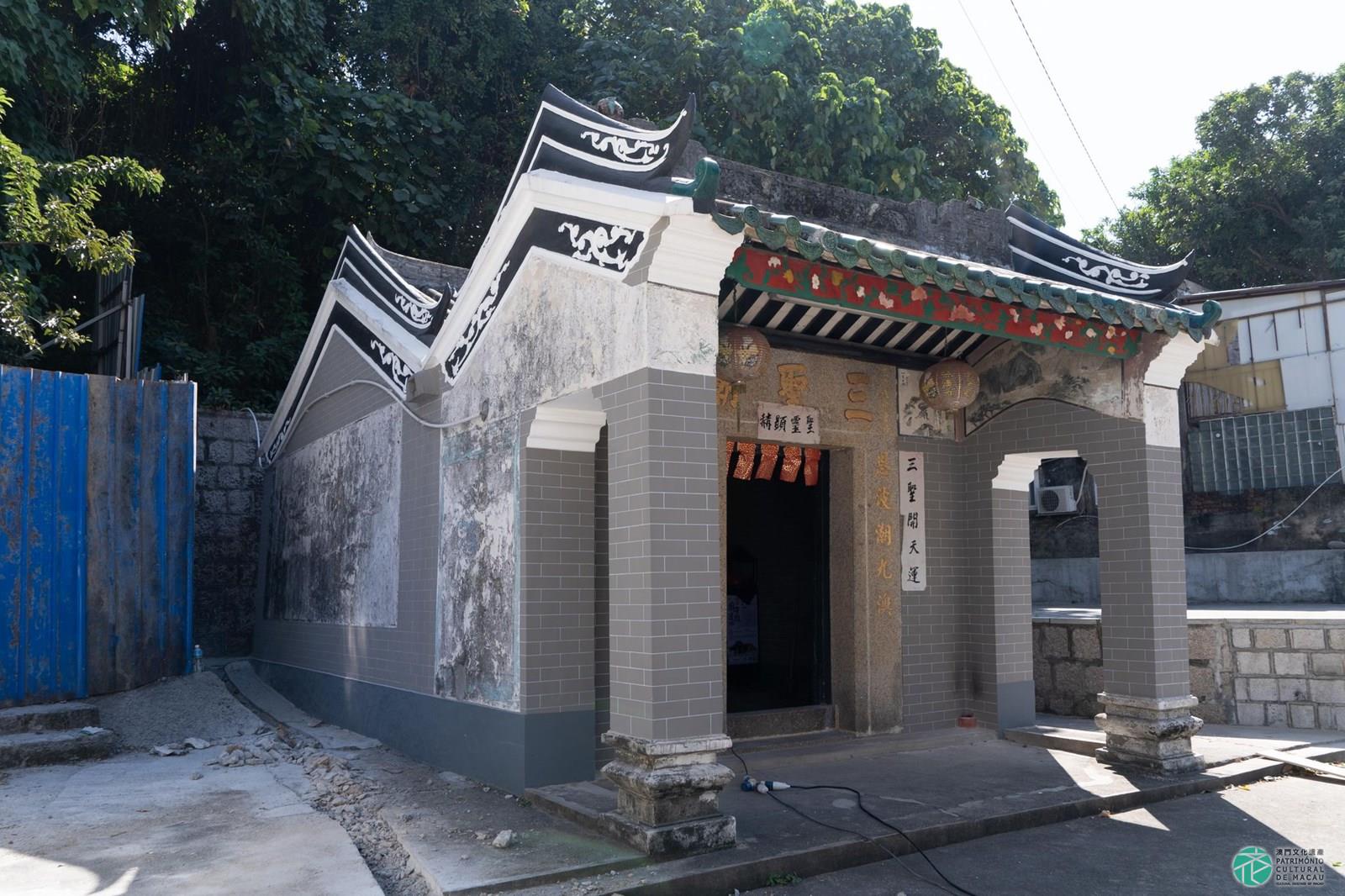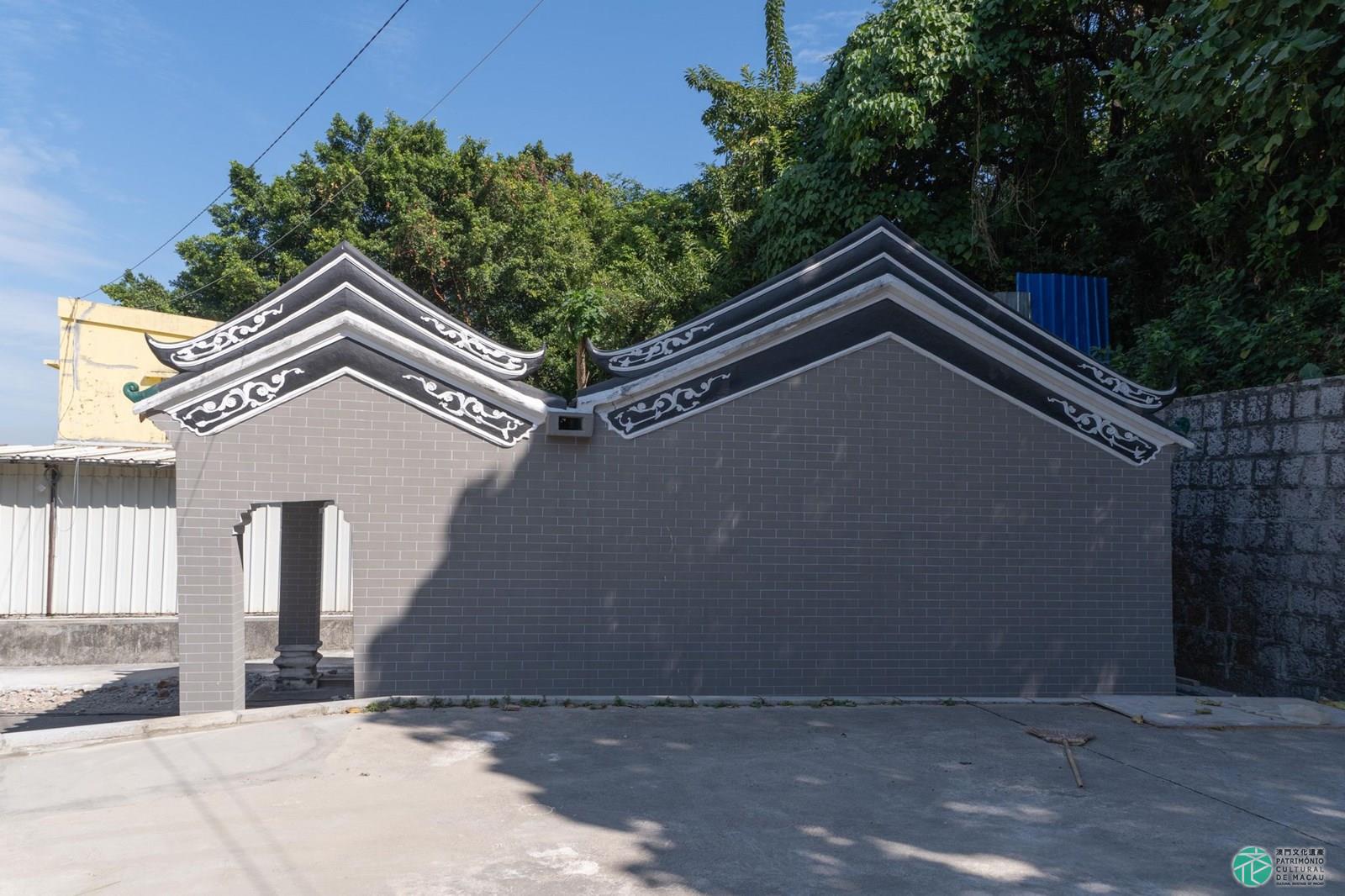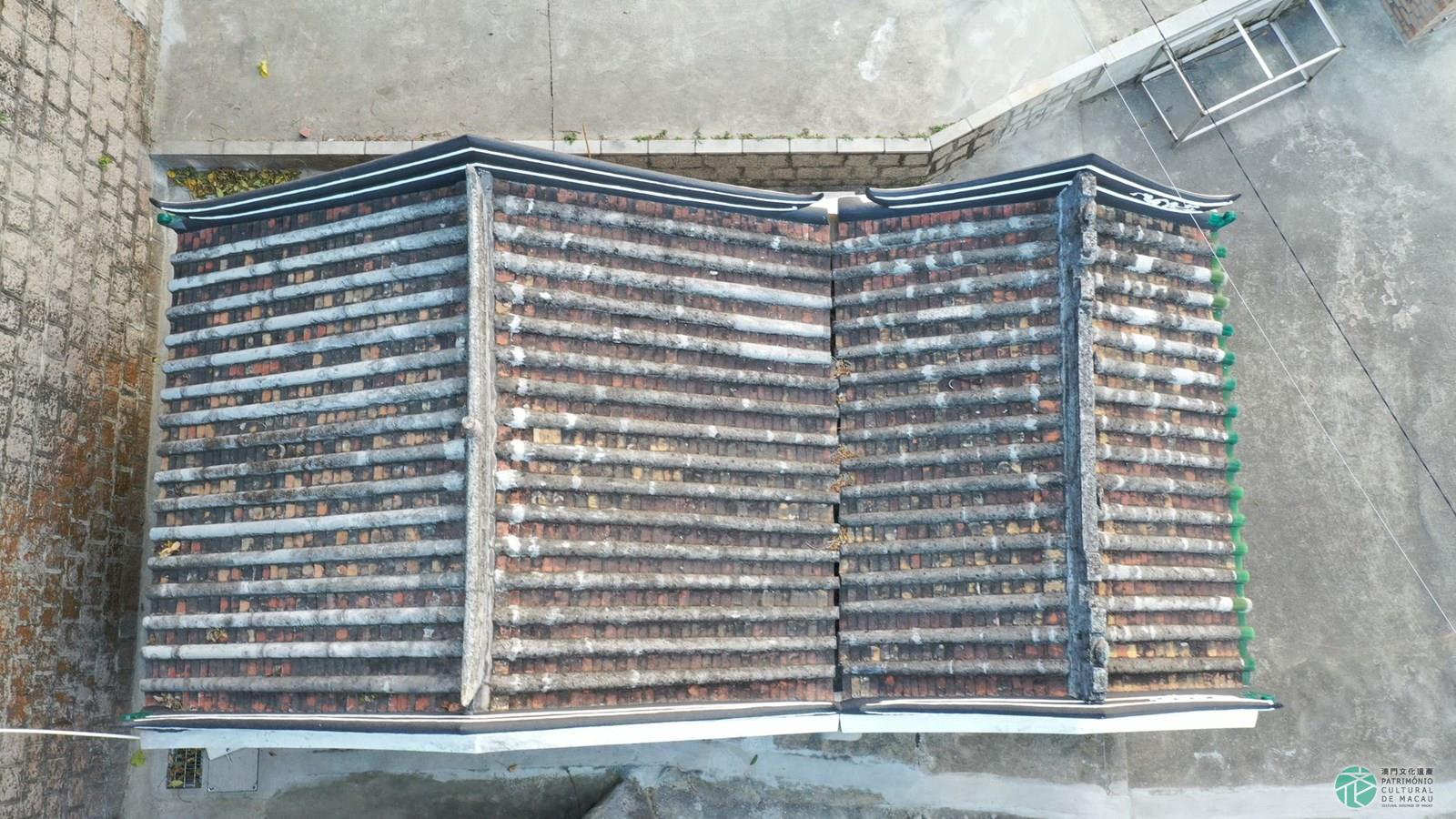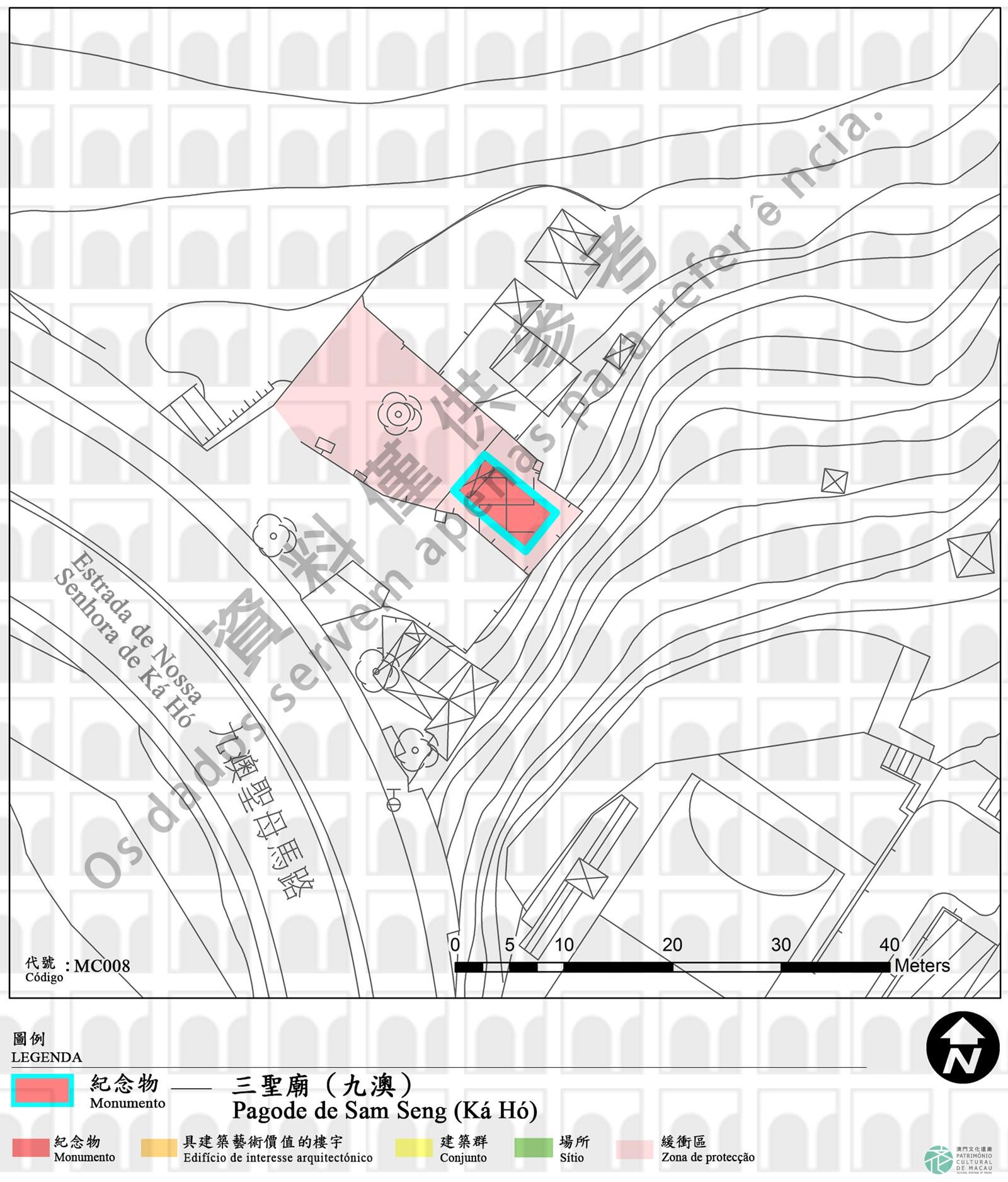Sam Seng Temple (Ká Hó) was built in 1883, the ninth year of Emperor Guangxu’s reign in the Qing dynasty. From historical data it can be inferred that the building was previously a Hung Shing Temple erected in a smaller scale in around the first year of Emperor Tongzhi’s reign and was already damaged during the reign of Emperor Guangxu. Therefore, a new temple was built in the ninth year of Emperor Guangxu’s reign with two additional deities, Tam Kong and Kuan Tai, enshrined, thereby winning the temple the name of Sam Seng Temple. Hung Shing, also hailed as ‘Hung Shing Tai Wong of South Sea’ and ‘Hung Shing Ye’, is a sea deity well known along the southern coast of China and worshipped among most of local boat dwellers. The belief in Tam Kong originated from Huizhou, and has been upheld among fishermen in addition to natives of the city. The belief in Kuan Tai are popular among Chinese communities as revered and upheld by emperors of many dynasties for Kuan U’s royalty and righteousness. Small-scale renovations were carried out at the Sam Seng Temple in 1908 and 1922, which mainly involved replacing the entrance plague and repainting several plasterwork pieces inside and outside the temple.
Sam Seng Temple (Ká Hó) is a building with one bay and two halls, and the absence of an atrium between the halls is rarely seen in traditional Chinese temples. The temple mainly consists of two interconnected, flush gable-roofed structures: a porch and a main hall. On each side of the porch is a door opening, which gives the porch the same degree of openness as a corridor. The walls of both the porch and the main hall, mostly grey in colour, are finished with plaster and hand-painted brick patterns. The roof is designed in the traditional double flush gable style with the tiles laid at 4 meters high, and the building measures about 4.5 metres in width and about 8.5 metres in depth. The temple is adorned with simple decorations; in addition to the coloured murals above the door openings of the porch, double fillet mouldings with the ends twisting upward and embellished with leafy patterns are also featured on the gable walls, adding certain lightness and delicacy to the overall appearance.
In the past, Sam Seng Temple (Ká Hó) was crowded with worshippers, especially during the annual celebrations on the 13th day of the fifth lunar month, when Chinese opera and puppet drama performances were held amidst a lively atmosphere. Ká Hó Bay, where the temple is situated, is also known as Sam Seng Bay. Ká Hó Village, which is nearby the temple, was built approximately during Emperor Qianlong’s reign in the Qing dynasty and has been mainly inhabited by the Hakka ethnic group. The village is classified as an island settlement, where the villagers are mostly engaged in fishing and agriculture. Ká Hó Village and Hac Sa Village, both located in Coloane, are currently the only two existing Hakka villages in Macao. Being a major religious site of Ká Hó Village and dedicated to Tam Kong, a deity widely worshipped among the Hakka ethnic group, the temple has been identified as highly significant in the study of traditional villages on the islands of Macao.
